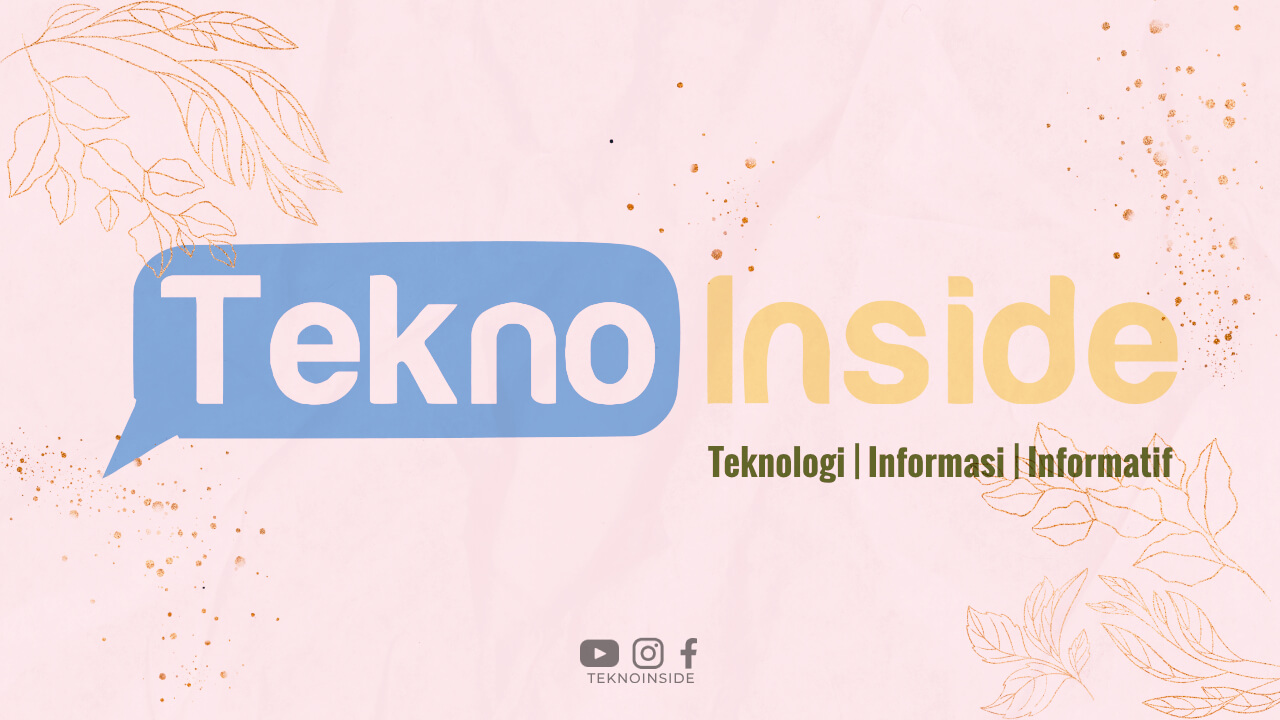Business casual is a dress code that many companies and organizations adopt to create a comfortable yet professional environment for their employees. It bridges the gap between formal business attire and casual wear, allowing individuals to dress in a more relaxed manner while still maintaining a polished appearance. Understanding what is considered appropriate for business casual attire can help you make confident and stylish choices for the workplace.
1. The Evolution of Business Casual
In the past, business attire was typically limited to suits, ties, and formal dresses. However, as workplaces became more diverse and relaxed, so did the dress code. Business casual emerged as a way to adapt to changing times and reflect a more modern and approachable image.
2. Key Elements of Business Casual
When it comes to business casual attire, it’s important to find the right balance between professionalism and comfort. Here are some key elements to consider:
3. Tops
For men, collared shirts such as button-downs or polos are typically acceptable in business casual settings. T-shirts, tank tops, and overly casual shirts should be avoided. Women can opt for blouses, sweaters, or tailored tops. Avoid low-cut or revealing tops, as they may not be appropriate for the office.
4. Bottoms
Men can choose from dress pants, khakis, or chinos as suitable options for business casual. Avoid jeans, shorts, or athletic pants. Women can wear dress pants, skirts, or dresses that are knee-length or slightly above. Avoid overly tight or short skirts.
5. Footwear
Business casual footwear for both men and women should be clean, comfortable, and polished. Men can opt for loafers, dress shoes, or clean sneakers. Women can choose closed-toe flats, heels, or dressy sandals. Avoid flip-flops, athletic shoes, or overly casual footwear.
6. Accessories
When it comes to accessories, keep it simple and understated. For both men and women, a belt that matches your shoes is a good choice. Minimal jewelry and a professional watch can add a touch of elegance. Avoid excessive or flashy accessories that may distract from your professional image.
7. Colors and Patterns
Neutral colors such as black, gray, navy, and beige are commonly worn in business casual settings. However, incorporating subtle patterns or pops of color can add personality to your outfit. Avoid loud or overly vibrant patterns that may be too distracting.
8. Dressing for the Occasion
While business casual covers a wide range of attire, it’s important to consider the specific occasion or event you are dressing for. Some companies may have stricter guidelines for certain situations, such as client meetings or formal events. Always be aware of any dress code instructions provided for specific occasions.
9. Dressing for Different Industries
Business casual can vary depending on the industry or profession. For example, a creative industry may have a more relaxed dress code compared to a corporate finance environment. It’s important to understand the expectations and norms within your specific industry and company.
10. Adapting to Seasonal Changes
As seasons change, so can your business casual wardrobe. In warmer months, you can opt for lighter fabrics and colors. Linen pants, cotton shirts, and breathable dresses can help you stay comfortable while maintaining a professional look. In colder months, layering with sweaters, blazers, and scarves is a great way to add warmth and style to your outfits.
11. Dressing for Success
Remember, dressing in business casual attire is still an opportunity to make a positive impression. Take the time to ensure your clothes are clean, wrinkle-free, and well-fitted. Pay attention to personal grooming, such as neatly styled hair and clean nails. Confidence and professionalism go hand in hand, so be sure to wear your outfit with pride.
12. Understanding Company Guidelines
Every company may have its own interpretation of business casual. It’s essential to familiarize yourself with your company’s dress code policy. Some organizations may provide specific instructions or examples, while others may rely on employees’ judgment. When in doubt, it’s better to be slightly overdressed than underdressed.
13. Dressing Appropriately for Job Interviews
When dressing for a job interview, it’s generally recommended to err on the side of formality. Unless specifically instructed otherwise, opting for a more formal attire such as a suit or dress is a safe choice. It showcases your professionalism and commitment to the opportunity.
14. Business Casual Do’s
Here are some do’s to keep in mind when dressing in business casual attire:
– Choose well-fitted clothing that flatters your body shape.
– Opt for quality fabrics that look and feel good.
– Pay attention to personal hygiene and grooming.
– Dress for the occasion and the industry you work in.
– Accessorize with moderation and choose pieces that complement your outfit.
15. Business Casual Don’ts
Avoid these common mistakes when dressing in business casual attire:
– Wearing wrinkled or ill-fitting clothes.
– Showing too much skin or wearing revealing outfits.
– Sporting excessive or distracting accessories.
– Wearing sneakers, flip-flops, or athletic shoes.
– Overdoing patterns or colors that clash.
16. The Importance of Dress Code
A well-defined dress code, such as business casual, helps create a professional atmosphere and fosters a sense of unity among employees. It ensures that everyone understands the expectations and presents a cohesive image to clients and visitors.
17. Benefits of Business Casual
Implementing a business casual dress code can have several advantages:
– Increased comfort and flexibility for employees.
– Improved morale and productivity.
– Cost savings for employees who don’t need to invest in formal attire.
– Facilitation of a more approachable and relaxed work environment.
18. Business Casual vs. Casual Fridays
Some companies have designated casual Fridays, where employees are allowed to dress in more relaxed attire. It’s important to note that casual Fridays do not necessarily mean wearing any type of casual clothing. There may still be certain guidelines and restrictions in place to maintain a professional appearance.
19. Embracing Individual Style
While business casual has certain guidelines, it still allows room for individual style and expression. You can incorporate your personal taste and preferences into your outfits through accessories, colors, or patterns. Just make sure to strike a balance between showcasing your personality and adhering to professional norms.
20. Dressing for Success Beyond Business Casual
As you progress in your career, you may encounter occasions that require more formal attire. It’s essential to expand your wardrobe accordingly and familiarize yourself with formal dress codes such as business professional or black-tie events. Having a versatile and well-rounded wardrobe will help you feel confident and prepared for any professional setting.
21. Adapting to Changing Times
Business casual is not a static concept and may evolve over time. As workplaces become more diverse and inclusive, dress codes may become more relaxed or adapt to new fashion trends. It’s important to stay updated with any changes in your company’s dress code policy and adjust your wardrobe accordingly.
22. Communicating with Colleagues
If you are unsure about the dress code or have any questions, don’t hesitate to reach out to your colleagues or HR department for clarification. Observing what others wear in the workplace can also provide valuable insights into what is considered appropriate for business casual attire.
23. Embracing the Spirit of Business Casual
Business casual is not just about the clothes you wear; it’s also about the attitude and demeanor you bring to the workplace. It’s about being professional, approachable, and adaptable. Embrace the spirit of business casual by fostering positive relationships and maintaining a high level of professionalism in all aspects of your work.
24. The Impact of Personal Presentation
Your personal presentation, including how you dress, can significantly impact how others perceive you in a professional setting. Dressing appropriately and thoughtfully demonstrates your respect for the workplace and can positively influence how colleagues, superiors, and clients perceive your competence and dedication.
25. The Power of Confidence
When you feel comfortable and confident in your appearance, it can positively affect your overall demeanor and performance at work. Dressing in business casual attire that reflects your personal style while adhering to professional standards can enhance your self-assurance and contribute to your success in the workplace.
26. Conclusion
Business casual provides individuals with a more relaxed and comfortable dress code while still maintaining a professional image. By understanding the key elements of business casual attire and adhering to the guidelines, you can confidently navigate the world of workplace fashion. Remember, it’s not just about the clothes you wear; it’s about embodying professionalism, adaptability, and a positive attitude in all aspects of your work.




